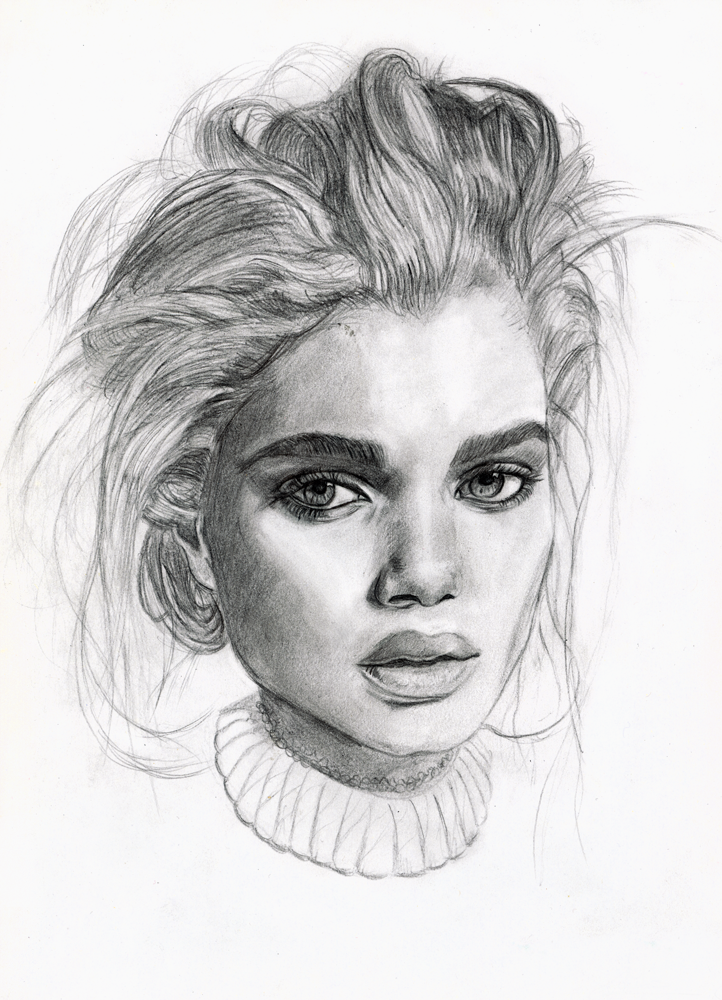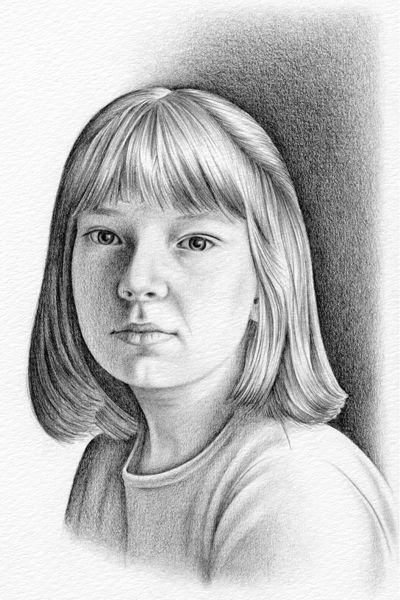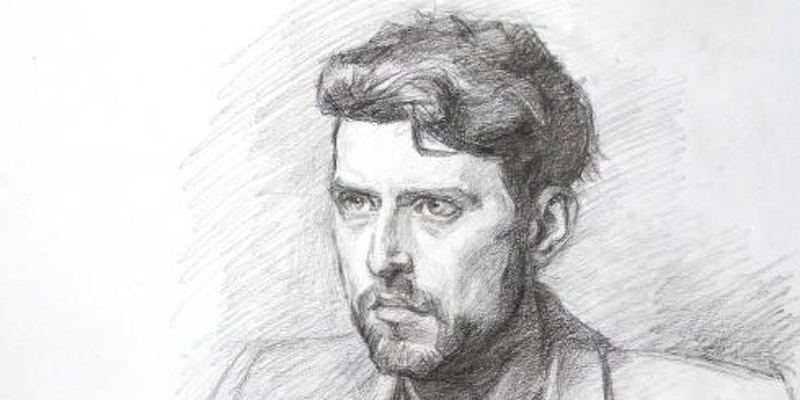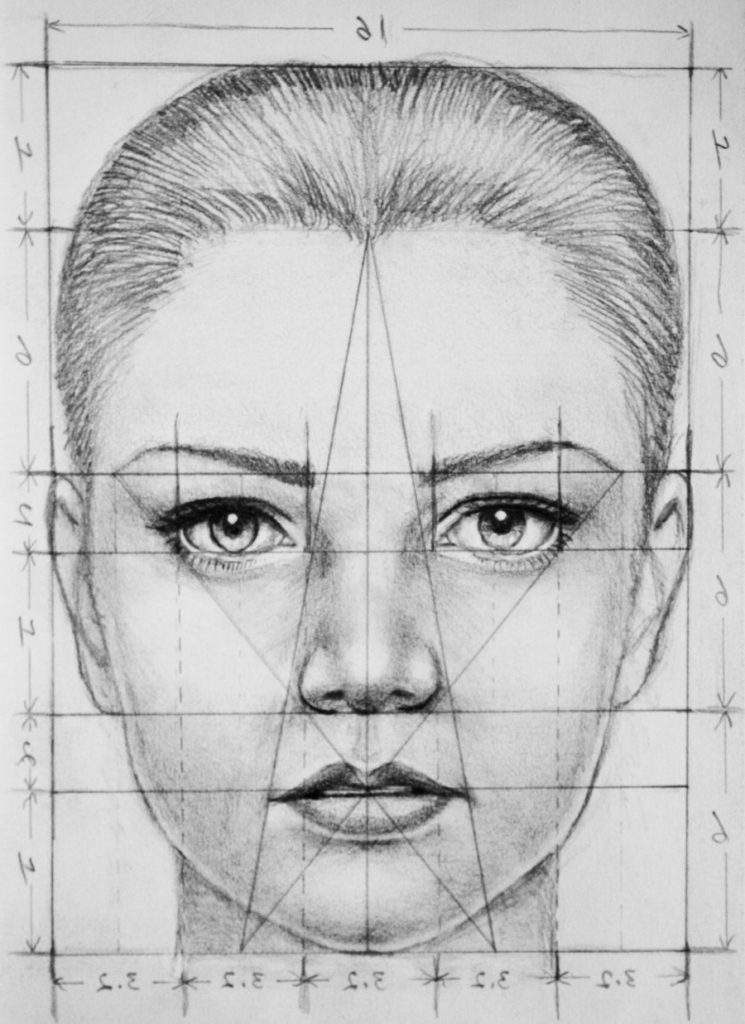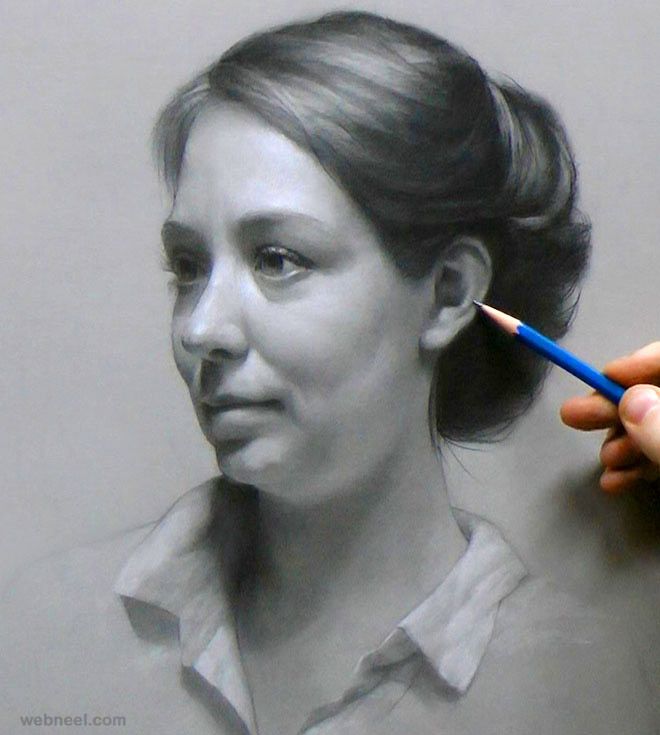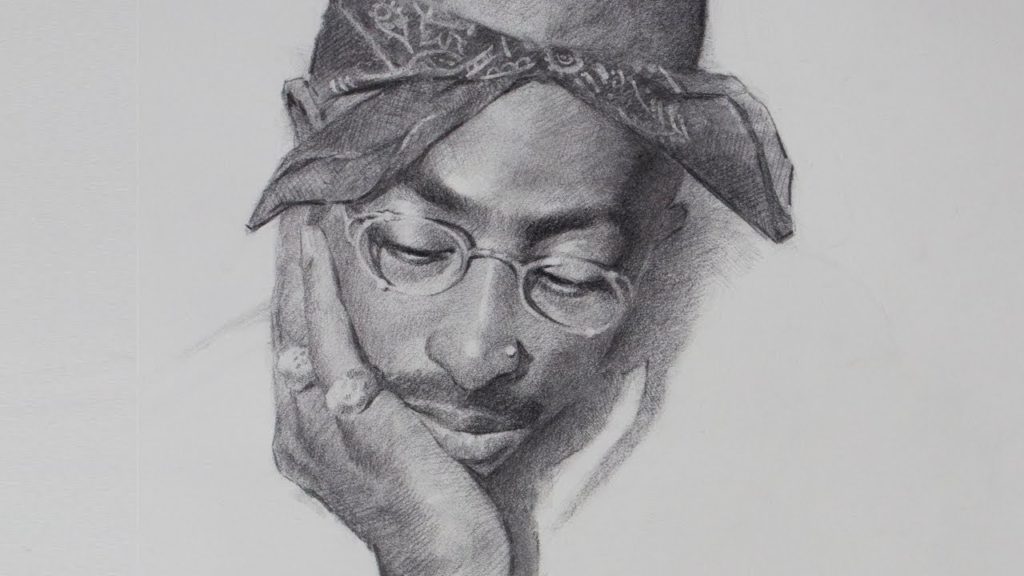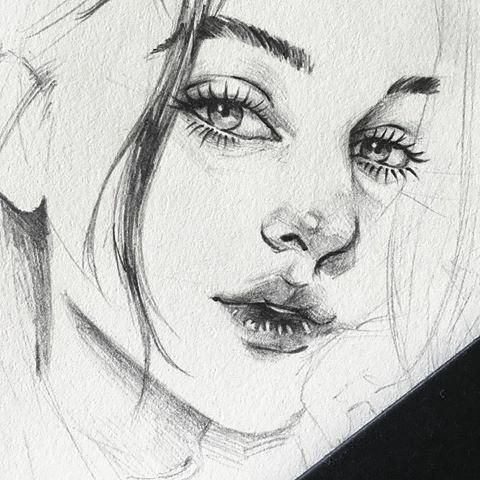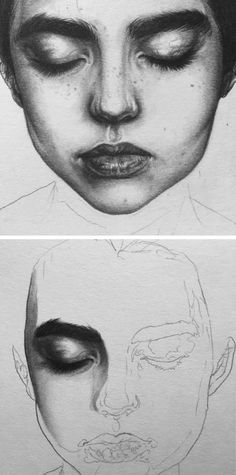An Introduction to Sketching Portraits
Sponsored
Sketching Portraits
Sketching portraits is a fun, fulfilling activity that you can do anytime, anywhere. Portrait sketching is a great way to pass the time when you are waiting at the train station or people-watching at the park.
You don’t need fancy materials to draw a pencil sketch portrait – any old pencil or paper will do. But if you start getting serious about sketching portraits, you can go to your local art supply store and invest in artist-quality drawing pencils and be drawing paper.
If you want to learn how to sketch a portrait, you can create a lifelike pencil sketch portrait either by working from a photograph or working from real life people (also referred to as “models”).
**********
If you are a beginner, you could check this out. It is the result of many years’ of teaching.
And if any of you have kids – or if you are a kid – try this.
**********
On this page, we’ll teach you how to sketch a portrait by working from live models. When you’re sketching portraits from live models, you are basically “eyeballing” it. Your task is to look carefully at what you see and then draw it on your paper. Luckily, there are a few techniques for portrait sketching that will make the process of how to sketch a portrait go much easier.
The best way to start your pencil sketch portrait is to make a quick sketch of the whole face. Observe the person’s face and then lightly draw an outline of the head. Observe the angle at which the person is holding their head. Look closely and strive to draw what you actually see, rather than what you think you see.
Remember, at this stage, you don’t want to make your pencil marks too dark, or else it will be too difficult to erase if you make a mistake.
Next, draw a quick line of the person’s nose, as well as for their eyes, lips, and ears. Don’t worry at all about detail at this point. Your task now is simply to sketch the “main idea” of the pencil sketch portrait.
Think of it as writing a “rough draft” of an essay – you jot down the main ideas, and then once the outline of the essay is in place, you fill in the details and really make it shine. Sketching portraits works in the exact same way.
As you’re quickly sketching the main features of the face, check that the proportions are correct. One way to do this is to hold your pencil in front of you and match the length of the pencil against the angle of the nose. This will help you more clearly “see” the angle of the nose, and transfer it onto paper.
One of the reasons that sketching portraits from live models can be challenging is because you have to look at a three-dimensional form and turn it into a two-dimensional form on your paper.
One way to “flatten” what you see is to close one eye. It would be awkward to draw with one eye shut the whole time, so only close an eye now and then when you need to check on an angle, for instance. You can do this when you need to check that you’ve drawn the proportions right, to make sure that everything is in proper alignment.
Once you’ve quickly drawn the main features of the face and double-checked that the proportions and angles are correct, you can now work on filling in the details of the pencil sketch portrait. Closely examine the shape of the eyes, the curve of the nose, and the contour of the lips.
Look closely and draw what you see. First, draw the general outline of each facial feature, and then work on the shading. Starting from light to dark, gradually increase the pressure of the pencil as you build up your shadows.
When you feel you are finished, step back from the drawing and observe it from a distance. Looking at your pencil portrait sketch from farther away gives you a different viewpoint than you had when you were working on it up close. When you step back, you will be better able to see any mistakes that you’ve made or any parts that you can touch up.
Once you learn how to sketch a portrait, sketching portraits are both enjoyable and rewarding. With practice, your portrait sketching skills will improve with each pencil portrait sketch that you make!
Sample Portrait Examples
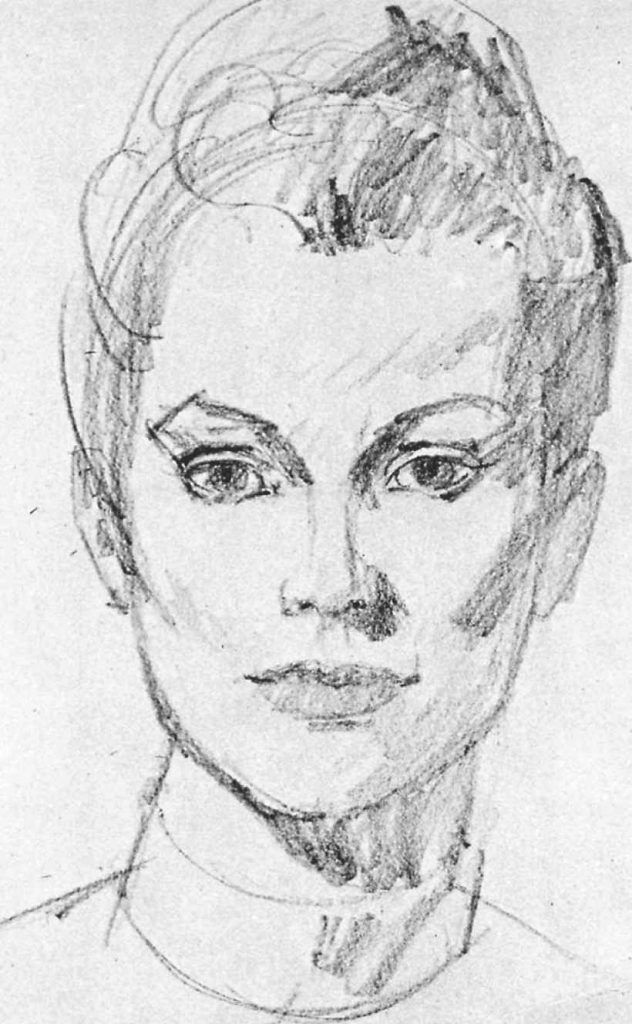
Sponsored
